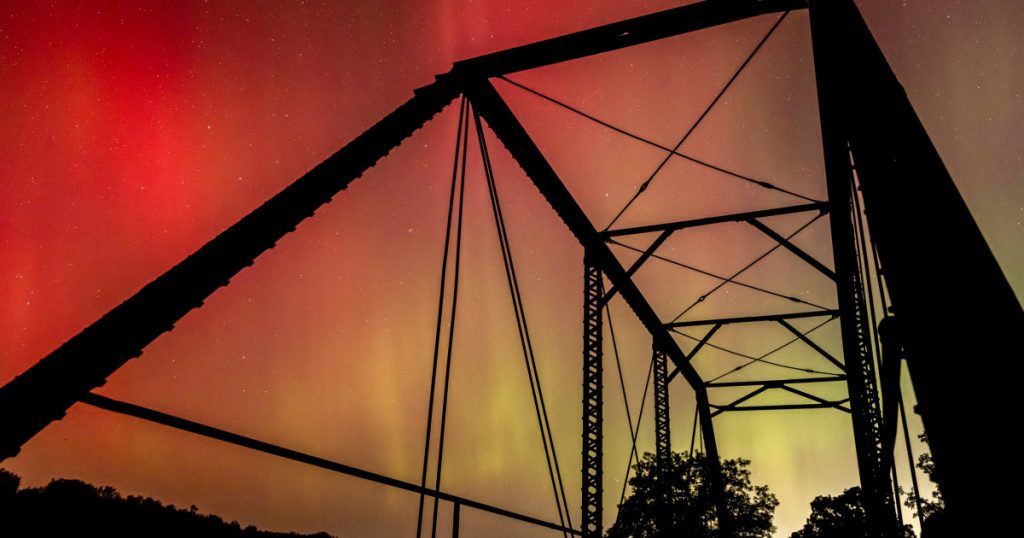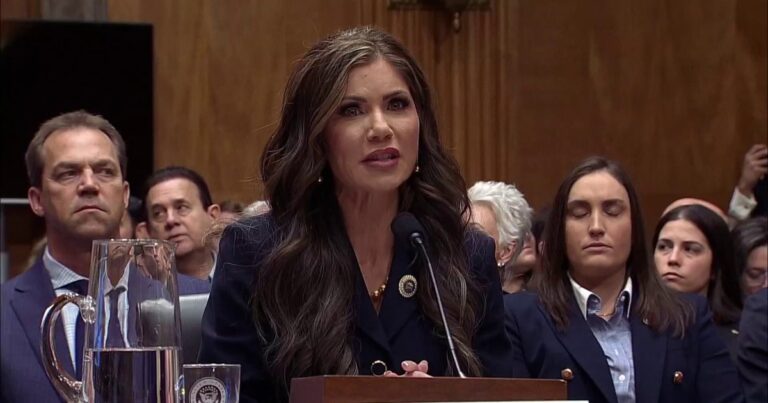
While Thanksgiving may be cool and rainy in many spots across the country, solar storms could offer a glimpse at the northern lights for some in the U.S.
Minor to moderate geomagnetic storms are likely Thursday and Friday, thanks to a filament eruption on Monday, during which the sun shot a cloud of high-energy plasma toward Earth, according to the National Oceanic and Atmospheric Administration (NOAA).
That eruption is now ushering in the possibility that night skies in the U.S. could light up in greens, reds and purples for the Thanksgiving holiday.
How bright the auroras are and how long they remain in the skies depends on how strong the solar storms get, and whether they reach G1 or G2 conditions at all, NOAA meteorologist Mike Bettwy said in an email.
“This is not expected to be a widespread event and will likely only last for short intervals and could be quite faint in the affected locales,” Bettwy said.
Those in states such as Washington, Montana, the Dakotas, Minnesota, Wisconsin, Michigan and Maine are poised to see the northern lights this holiday weekend, and those in northern parts of Idaho, Wyoming, New York, Vermont and New Hampshire have a chance at seeing the aurora borealis as well, according to NOAA.
The aurora borealis is most likely to be visible Thursday evening until early Friday, when NOAA experts are forecasting minor (G1) and moderate (G2) geomagnetic storms, though it is not clear exactly when and where the skies will light up.
Viewers hoping to catch a glimpse can track the latest activity and forecast on the NOAA’s Aurora Dashboard. It also offers short-term forecasts of the northern lights, including maps of where they will be visible and experimental tools that estimate their intensity.
Clear conditions are best to take a peek at the bright lights. Areas of cloudiness are likely to limit viewing possibilities over much of the Northeast and New England, and near the Great Lakes, Bettwy said.
Unlike stronger solar storms that offered many in the U.S. a view of the northern lights earlier this year, Bettwy said don’t expect any major disruptions to communications systems in the country this time around, unless the storms turn out to be more significant than predicted.
The northern lights, or aurora borealis, are usually seen only at high altitudes, but intense enough solar storms can make them visible in areas much farther south than normal.
These solar storms take place when coronal mass ejections, or eruptions from the sun, send giant clouds of plasma into space. When those plasma clouds are directed at Earth, the plumes of charged particles smash into the planet’s magnetic field and interact with atoms and molecules in the upper atmosphere which create radiant auroras.
The sun goes through roughly 11-year cycles of activity, from minimum to maximum. It’s gearing up for an expected peak next July, according to the NOAA, which is why there have been a number of occasions this year in which the northern lights have been visible so far south.













